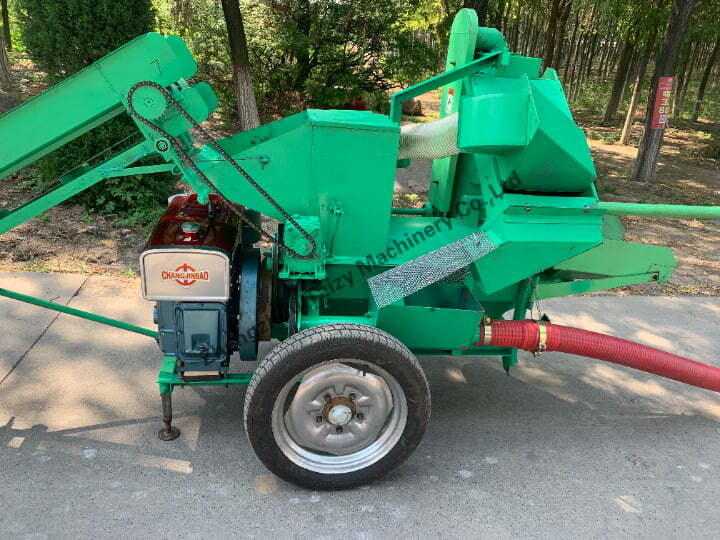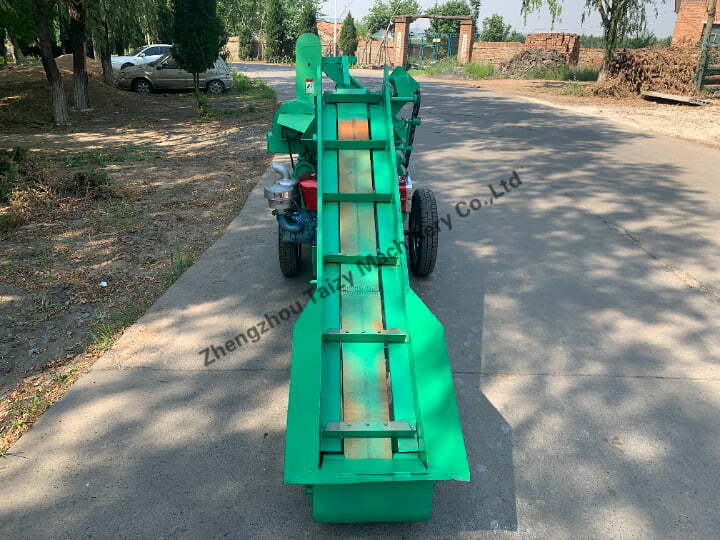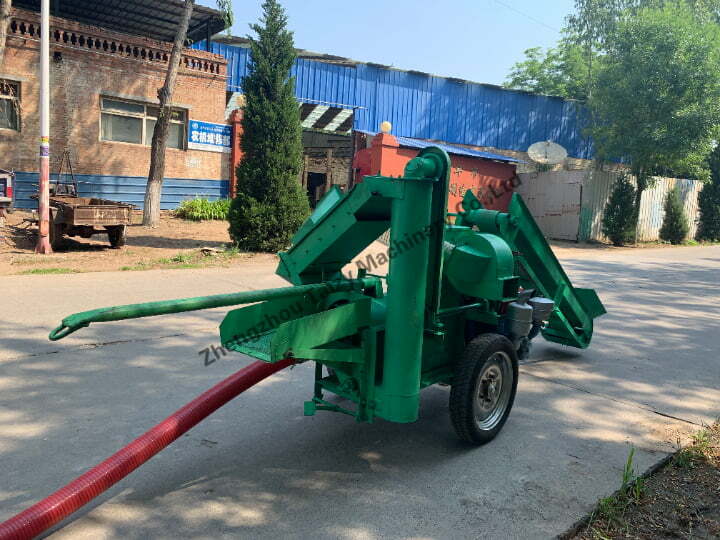How does the corn thresher machine work?
The corn thresher machine is a highly automated agricultural machinery designed to separate corn seeds from the cob and remove impurities, thereby enhancing the efficiency and quality of corn processing.
Its operational principles encompass loading and transportation, operation within the threshing chamber, mixing and further separation, impurity screening, and final purification and bagging of seeds. Let’s delve into this fascinating process step by step.

Loading and Transportation:
The process commences as corn is loaded onto the automatic feeding conveyor, swiftly transported to the working area of the thresher machine. This initial step ensures efficient conveyance of corn, preparing it for subsequent threshing operations.
Operation within the Threshing Chamber:
Upon reaching the threshing chamber, the drum threshing mechanism within the machine springs into action. Through rapid rotation and specific movement patterns, this mechanism effectively separates corn seeds from the cob, simultaneously segregating some impurities.

Mixing and Further Separation:
The separated corn seeds and residual impurities are conveyed to the mixer for further processing. Within the mixer, impurities undergo additional agitation and dispersion, priming them for subsequent impurity screening.
Impurity Screening:
Post-mixing, the corn seeds and remaining impurities pass through a sieve for screening. The sieve effectively separates impurities smaller than the corn seeds, ensuring the purity and quality of the final product.

Final Purification and Bagging of Seeds:
Finally, residual impurities on the sieve are meticulously cleansed using devices such as an absorber, guaranteeing the complete purity of the end product. Pure corn seeds are then bagged, and ready for sale or storage.
Through this series of precisely executed operational steps, the corn thresher machine achieves the goal of efficiently and accurately separating corn seeds from impurities, providing robust support and assurance for agricultural production.